Design thinking helps build a growth mind-set, develops resilience and critical and creative thinking skills that prepare students to come up with innovative solutions to problems around them.
In connection with their units of inquiry, students of Grade PP2 and Grade 1 engaged in identifying problems in their immediate environment and sorted them as personal, local, and global depending upon its impact on self and others around them.
They chose the problem that they could relate to and worked in groups to find a potential solution using the process of Design Thinking. To begin with the first stage, ‘Empathize’, which is to gain an empathetic understanding of the problem, students looked at what information they seek about the problem, people whom they will get the information from and the ways in which they can get the information. They formulated questions and prepared a survey questionnaire for the same.
They shared the information collected with their peer group and did the root cause analysis using the technique of 5 Whys to define the problem as part of the ‘Define’ stage. They formulated a problem statement which is human centric and actionable in nature. Students also organized the data collected using graphs and tally charts.
The third stage of the design thinking process ‘Ideate’ is to think of new ideas as possible solutions to solve the problem. Students came up with a range of ideas as solutions for the problem identified. They discussed the criteria for selecting the most preferable solution. Students looked at if the idea is related to the problem, its feasibility in real life and if it is interesting and innovative.
Based on the idea finalized by the design thinking groups, students are now considering ways their idea can take a physical form or can be represented as part of the ‘Prototype’ stage. It could be a model, a design, or a plan. The final stage of the design thinking process ‘Test’ is to test the prototype, to see if the idea works and solves the problem.
The process of design thinking encouraged students to question and find solutions to their everyday problems. This helped students to work in collaboration to find creative solutions. Students were actively engaged in various stages of learning, planning, modifying, and creating. The facilitators documented the entire process in Design Thinking Journals for the respective group mentored by them, assessing the students during the whole journey based on several criteria using a range of assessment tools like anecdotal records, rubric, and checklist.
Some highlights:
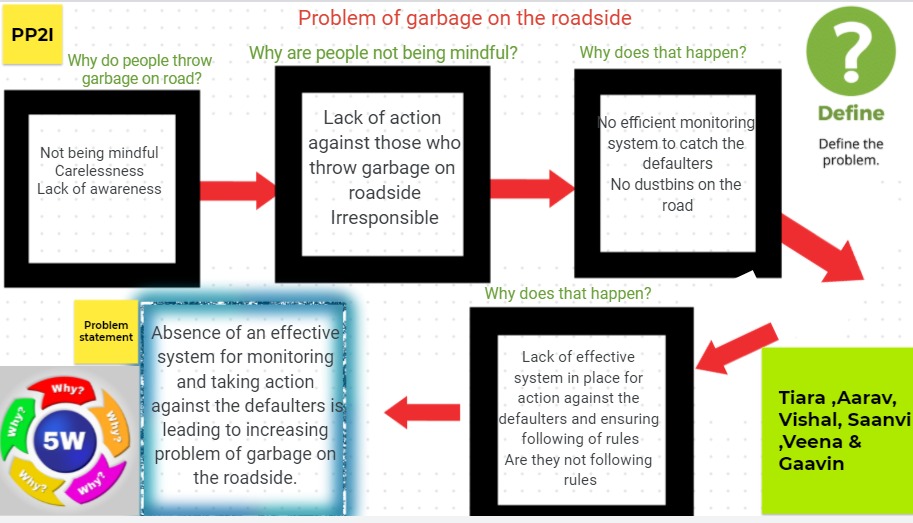
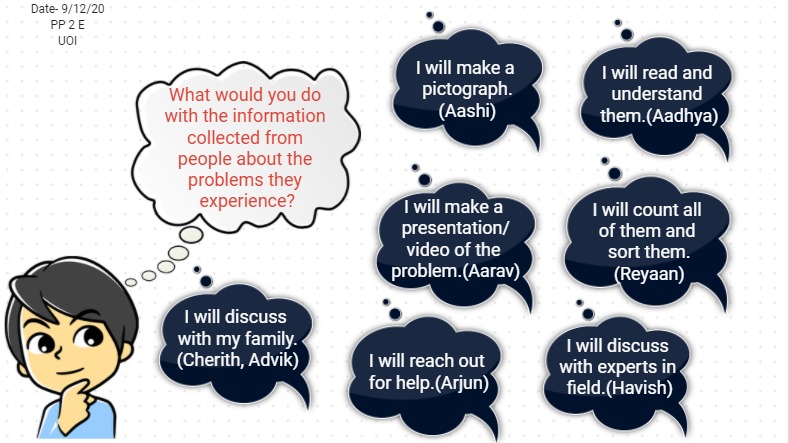
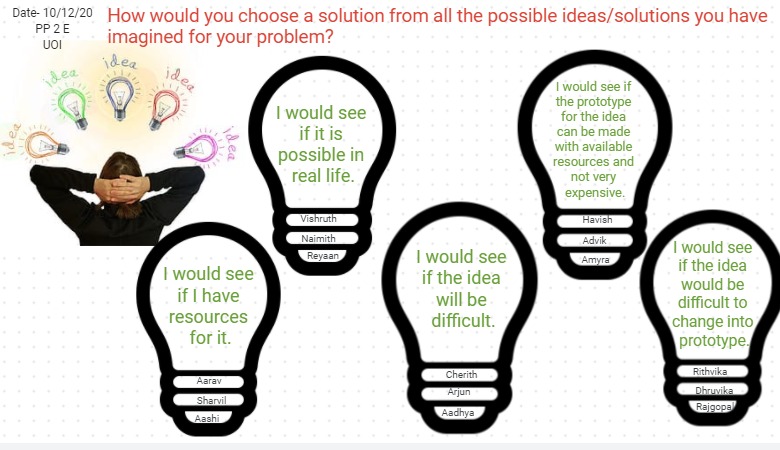
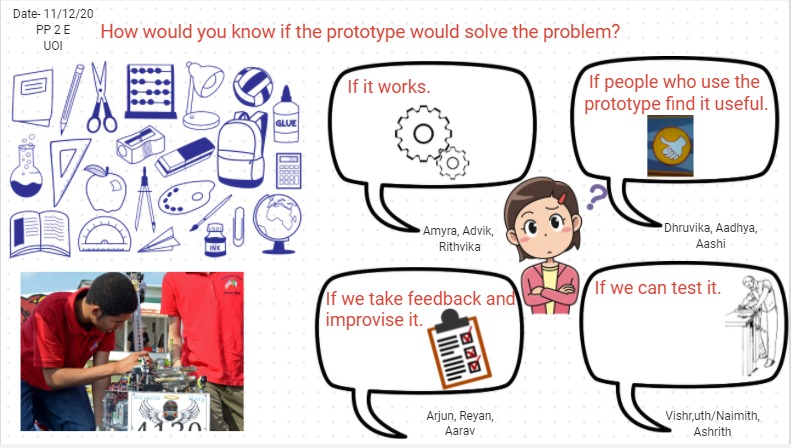
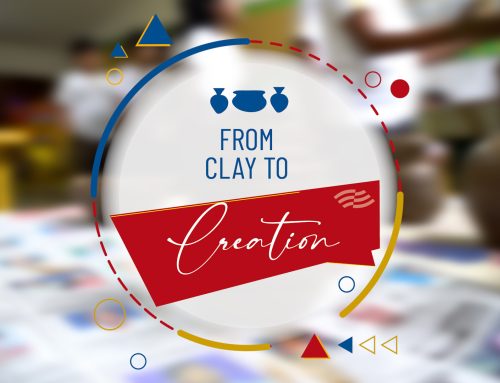
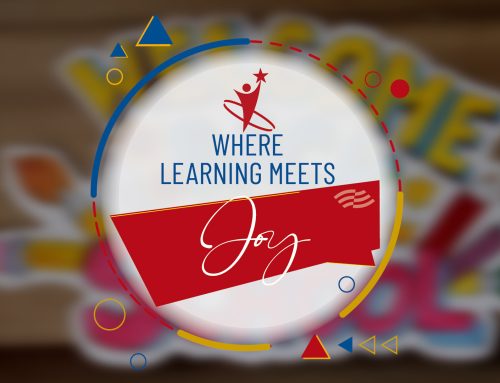

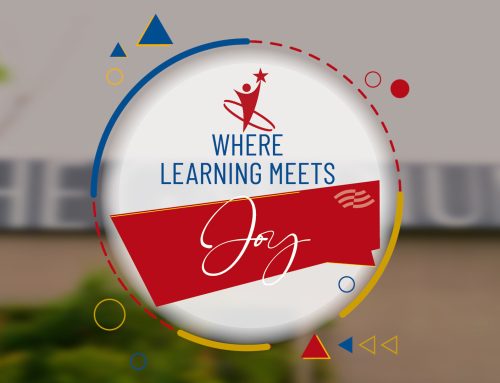
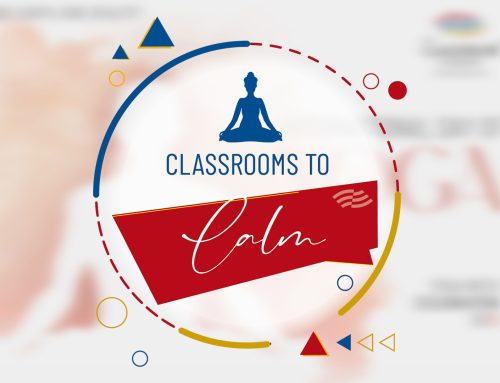
Leave A Comment